Russian Dining Culture
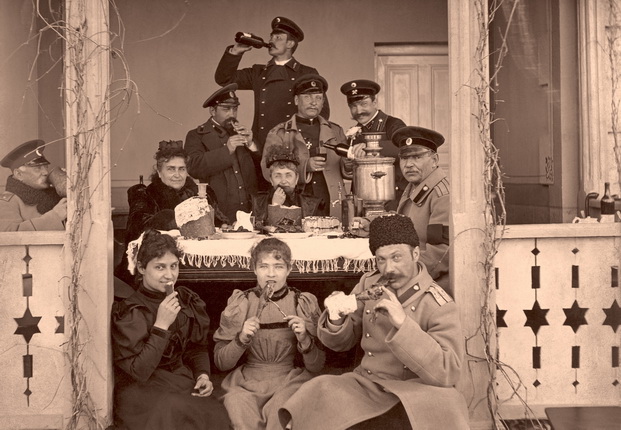
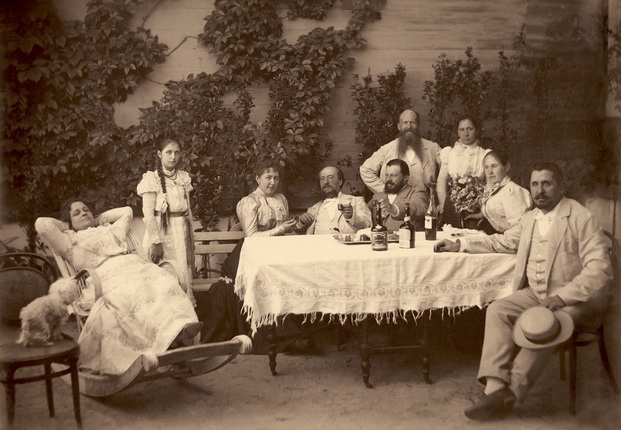
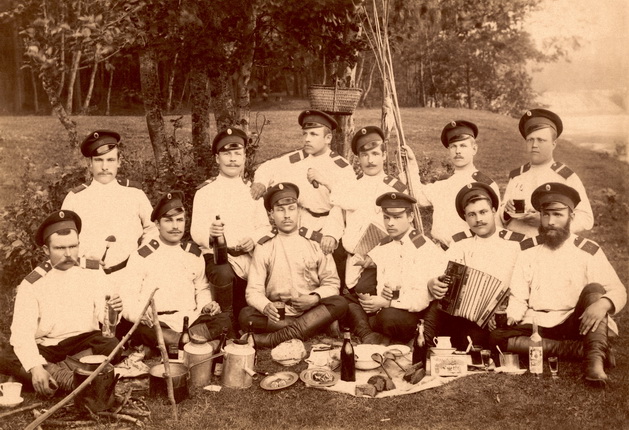
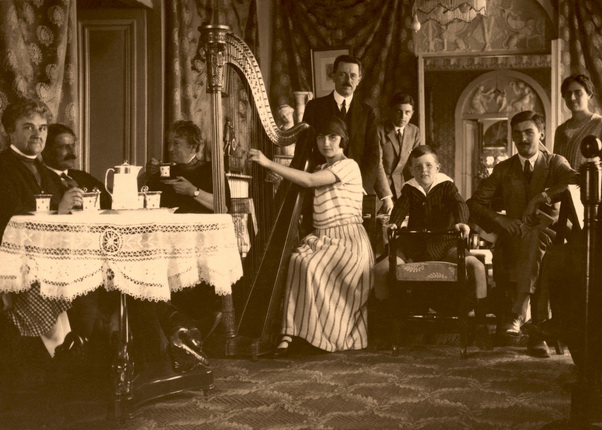
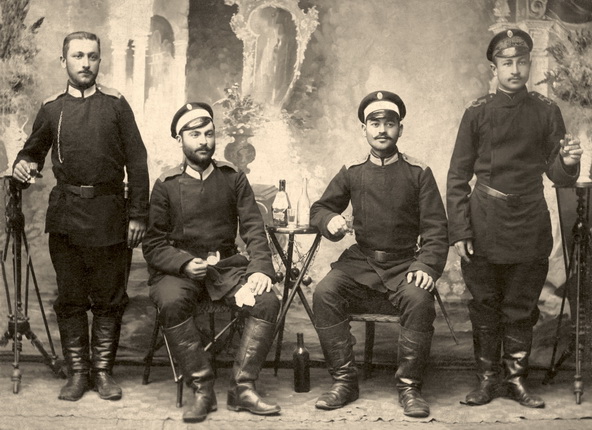

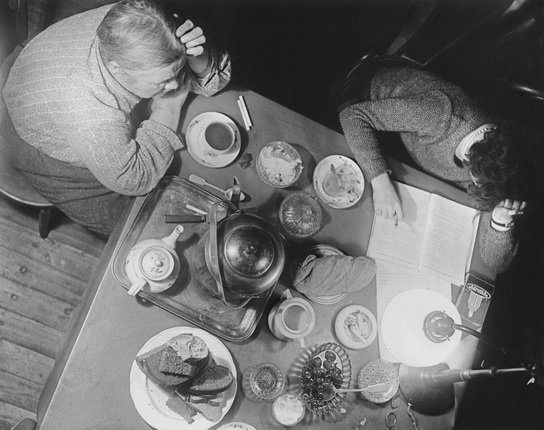
Unknown author. To keep as a souvenir. 1910-th. MAMM collection
Unknown author. On a summer residence. 1900th. MAMM collection
Unknown author. Fishing. 1896. MAMM collection
Unknown author. Tea with harp. 1900-th. MAMM collection
Shtejngauz. Untitled. 1901. MAMM collection
Samara, 19.12.2019—16.02.2020
exhibition is over
Museum of Modern
Krasnoarmeiskaya St. 4
Opening hours: 10:00 - 18:00, Thursday 13:00 - 21:00, day off - Monday.
Site
Share with friends
Exhibition shedule
-
15.08.2014—13.09.2014
Barnaul
"Gorod" Museum
-
30.10.2015—22.11.2015
Saratov
Saratov Regional Museum of Local Lore
-
15.05.2017—17.09.2017
Syktyvkar
National Gallery of the Republic of Komi
-
13.09.2017—9.11.2017
Samara
Samara Regional Art Museum
-
19.12.2019—16.02.2020
Samara
Museum of Modern
For the press
The exhibition «Russian Dining Culture» is like a journey across Russia, covering a period from the 1890s to the present day. At the same time it gives an idea of the history of Russian photography. One can see more than 300 works by famous masters and cult photographers, from Karl Bulla, Aleksander Grinberg, Aleksander Rodchenko, Ivan Shagin, Boris Ignatovich, Arkadi Shaikhet, Samari Guraria and Boris Kudoyarov to Viktor Akhlomov, Anatoli Yerin and Viktor Ruikovich. All these illustrate the evolution of the Russian soul and character, the country’s national mentality, which its dining culture magnificently represents.
Times changed, so did lifestyle, photography and faces. Idyllic picnics and charity balls were replaced by official Kremlin banquets and by lines of men waiting to buy vodka, which turned into battlefields in the years of universal shortage. From the gargantuan feasts of the «new Russians» of the early 90s to the respectable «European» cafes, tea-rooms and movie theatres of our days...
The way people dine always faithfully reflected the social changes in Russian cultural tradition, be it Leo Tolstoy’s dinner parties, evening tea with friends at Vsevolod Meyerkhold’s place or official receptions of the Brezhnev «stagnation» era. But whatever happened, the essence stayed the same: a common meal shortens the distance between men and presents them with a possibility of live communication.
By closely looking at the exhibition photographs and observing the changes of faces and years, we are given a unique opportunity to see Russia’s past and present mirrored in one of its essential rituals.









